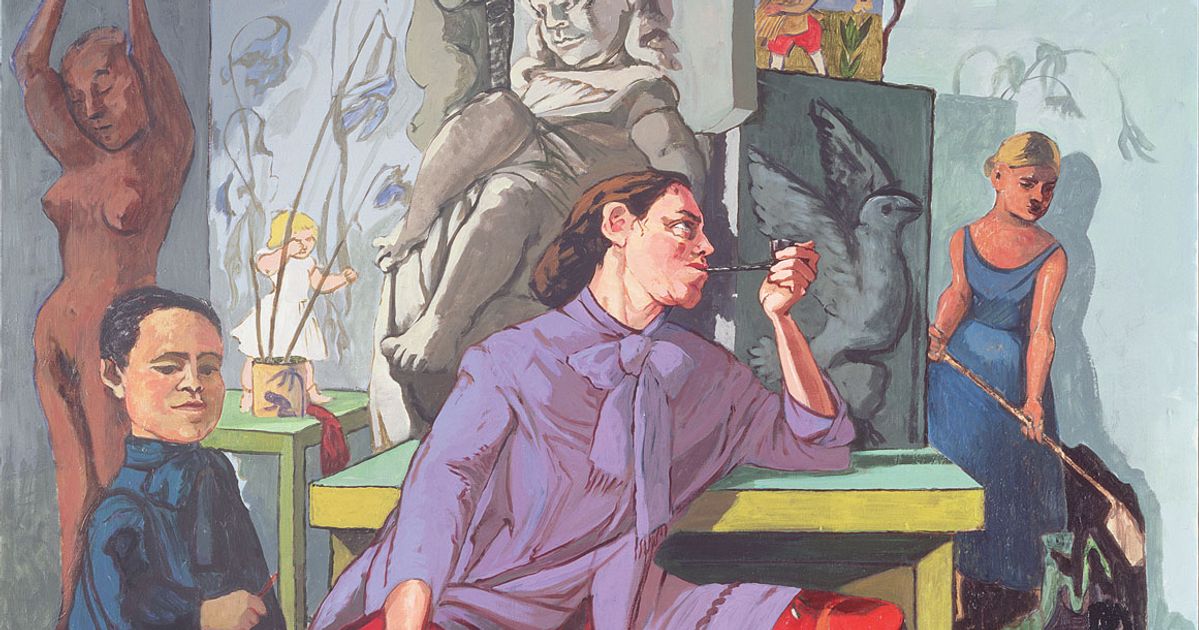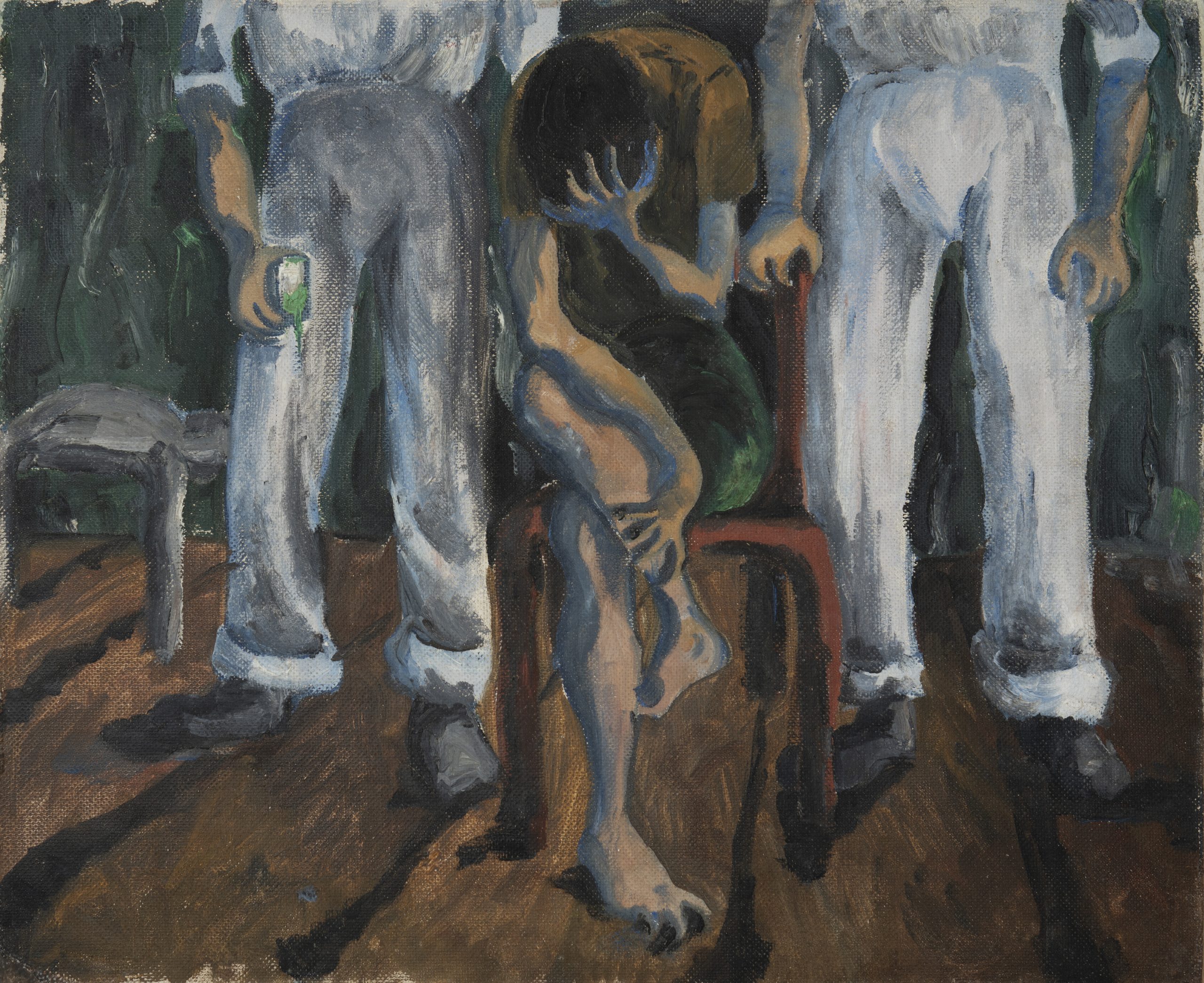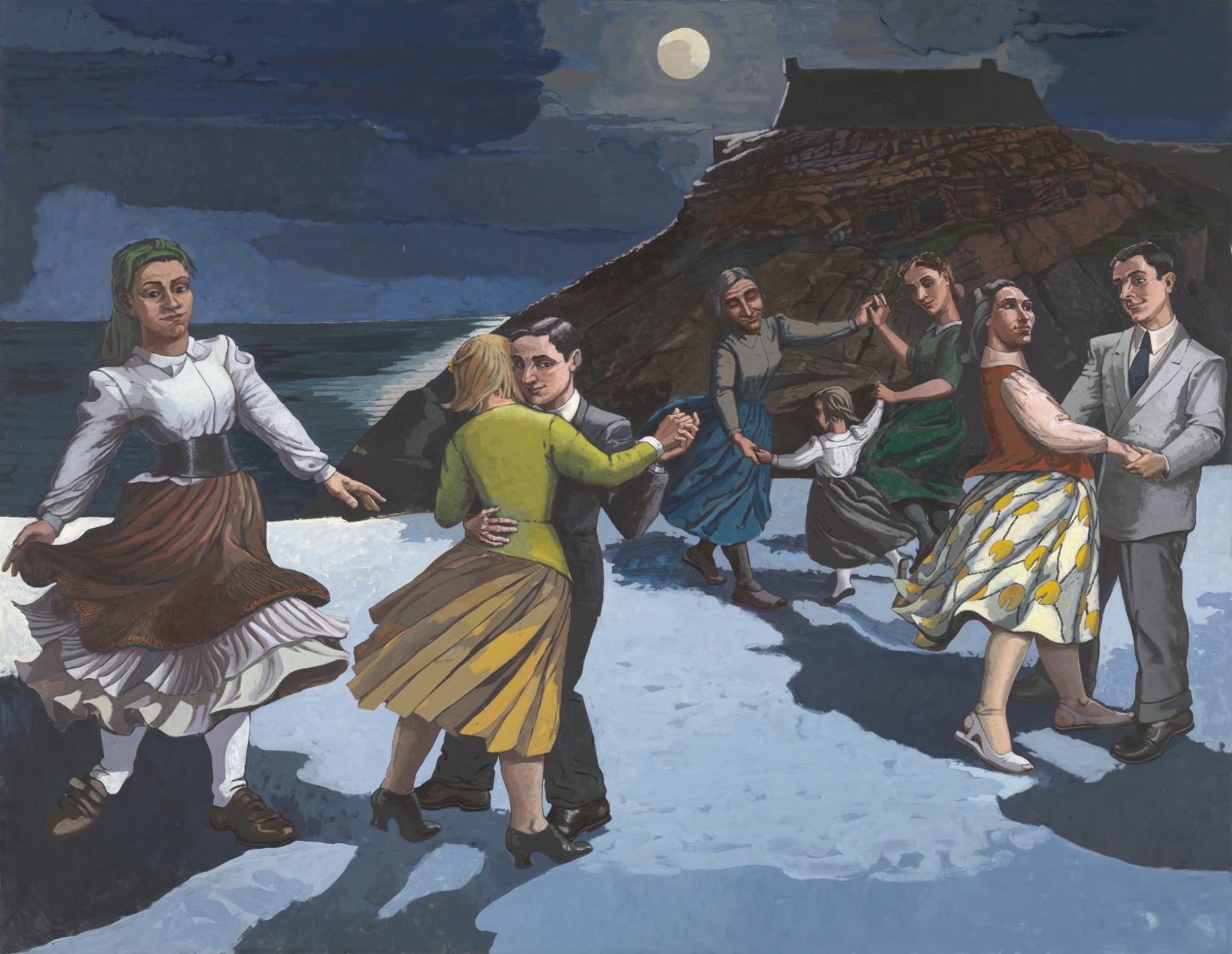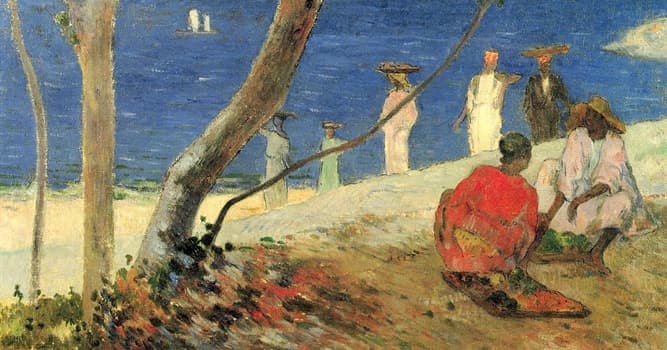In The Use of Man (1976), the second instalment of Serbo-Croatian novelist Aleksandar Tišma’s Novi Sad trilogy, a schoolboy stares at the books in his Jewish neighbour’s library on the eve of World War II ‘as if they contained the clues to salvation, as if they could rescue one from being beaten, cursed, spat upon, killed’. The books, it turns out, can do no such thing: the neighbour is murdered by the Nazis, while his daughter, Vera, is forcibly sterilized and put to work in a concentration camp brothel. Are words just so much dust in times as dire as these?
Tišma does not think so. For his characters, language is no mere luxury: it is, in its own way, as indispensable as food and shelter, for it is only language that can render a private pain public. After the war, Vera yearns to confide in someone, but her memories remain ‘stuck inside her, silent, like resin’. When she is asked to write out her biography on a communist questionnaire, she finds herself trying ‘to put the unutterable on paper’. In the end, she crosses out, ‘in thick ink, every word she had written’. She annihilates first her family, then herself: ‘Father’s name: nothing. Mother’s name, maiden name: nothing. Day, month, year of birth: nothing. She was nothing’. Now, she is ‘a prisoner of those blank sheets of paper, as she had been a prisoner in the camp’. She has been exiled from intelligibility, thereby from human community.
If silence debases and depersons, then the desire to speak – and to be understood – is no less than a desire to become human again. In Kapo (1987), the last and best book in the Novi Sad trilogy, newly reissued in English translation by New York Review Classics for the first time since 1993, Vilko Lamian is riven by conflicting imperatives: even as he strives to avoid punishment, he longs to confess to the many misdeeds he committed as a kapo in Auschwitz. Sequestered in the remote Bosnian town of Banja Luka, he gains weight and dons dark glasses in an attempt to disguise himself from former inmates who might recognize and report him. But try as he might, he cannot escape his victims entirely. As he goes about his business, working a mindless job at the local railroad, he is haunted by thoughts of the fellow Jews he helped to murder – and the many female inmates he contrived to rape with the help of corrupt camp authorities.
It is to one of these women, Helena Lifka, that Lamian dreams of making a complete confession. The ‘summing word had to be spoken, and heard, and confirmed – by someone, whose response could be even silence, a look of damnation or forgiveness’, he thinks. Like Vera, Lamian knows that he must talk – and be heard and understood, if never forgiven – if he is to go on living. Before long, he has quit his job and embarked on a quest to find Helena, in hope that she can restore some measure of his drained humanity.
* * *
Tišma himself did not testify until late in life. He was born in 1924 in Horgos, a village on the border of Hungary and Serbia. The child of a Serbian father and a Hungarian-Jewish mother, he was raised in the then-Yugoslavian and now-Serbian city of Novi Sad. Before setting out to memorialize his own war-time agonies, he spent years working as a journalist: he began writing about the Holocaust only after a trip to Auschwitz in the 1960s. Though he was never interned in the camps and though he escaped the most violent massacres – a Hungarian neighbour lied to soldiers knocking on doors during the infamous raid of Novi Sad, when an estimated 1,400 Jews and Serbs were rounded up and slaughtered by occupation forces in just three days – he nonetheless considered his fiction broadly autobiographical.
The result is some of the finest and most brutal writing about the Second World War and its bruising aftermath that I know of. Unlike his Yugoslav compatriot, Danilo Kis, Tišma makes no recourse to the leavening forces of fabulism and black comedy. His fiction is merciless, bereft of relief or respite. It is the work of a documentarian accustomed to confronting atrocity without allowing himself the indulgence of looking away. Even among Holocaust literature, it is uniquely bleak: its capitulation to hopelessness is near complete.
The novels that make up the unsparing Novi Sad trilogy – The Book of Blam (1971), The Use of Man (1976), and Kapo (1987), all originally translated into English in the late 80s and early 90s and reissued by New York Review Classics in the last few years – are paranoiac and nightmarishly non-linear. They flit from one decade to another as the past claws at the present. In The Book of Blam, a quavering travel agency employee is racked by guilt as he contemplates his improbable survival, the product of his marriage to a Catholic: his unconverted Jewish parents and sister are dead. In The Use of Man, a group of acquaintances – a lonely German teacher, a dreamy schoolboy, a sadistic Serbian youth, and a prosperous Jewish businessman and his family – attempt to navigate an increasingly fraught political landscape as the Nazis solidify power. The two characters who live to see peacetime spend their days not planning for the future but reminiscing, by way of reading and re-reading the diary of their erstwhile German tutor, who died before the war. And in Kapo, Lamian is tormented by flashbacks that yank him out of his solitary life in sleepy Banja Luka and plunge him back into the cold heart of horror. On a warm day when other men on the street are lounging in their shirtsleeves, he shivers, recalling the Nazi who made him stand for hours encased in ice, a perverse punishment for appropriating a sweater from a corpse. ‘Leaving the camp behind’, writes Tišma, ‘he now found himself in a camp of his own’, a camp he cannot describe and therefore cannot escape.
The Novi Sad trilogy endeavours to speak the unspeakable by means of lists and litanies. Even when its catalogue of deaths and indignities at last comes to an end, they gesture at continuation, as if to intimate that the horrors go on at greater length than we can endure or imagine. One chapter of The Use of Man consists of an inventory of ‘natural deaths and violent deaths’: ‘Sarah Kroner…choking in an Auschwitz gas chamber disguised as a bathhouse’, Robert Kroner ‘lying on his black winter overcoat in the transit camp’. In Kapo, Lamian comforts himself by reciting the names of the witnesses of his crimes and assuring himself that they are all dead: ‘Schmule and Krumholz – by injection. Schmauss and Leitner – sent to the front and killed. Varminsky – strangled in a bunker. Lang, Mell – dead in the revolt at Crematorium 2’. The sheer volume of the slaughter is overwhelming, especially when Lamian reflects on all those he was forced to kill,
the columns of those who had been selected for him to lead to the dispensary to receive an injection of phenol in the heart…..Or the little girl with the doll who stood by the wall in the execution yard as SS man Pfalzig killed her father and mother with a bullet to the back of the head…..And the Russian prisoners, three hundred and sixty of them crowded into a log hut at the Brzezinka, the windows sealed with mud so that the effects of cyanide D could be tested on them. And the new arrivals who came at a time when the crematorium was too full. Led into the birch woods one by one, they were killed with a bullet to the head and thrown onto a grate across a fire, where their bodies burned, the fat crackling and the black smoke rising.
All this is ‘too much for one head, one mind; and that was why it rushed forth to be told, to be revealed’ – and why Lamian is bursting to speak.
Yet he has no one to talk to, even casually, much less anyone to confess to. His university friends became Nazis; his parents and neighbours perished in the camps. Insofar as he interacts with anyone else at all, he does so from a distance: he stands alone in a hotel, gazing out his window at a man behind another a window, or he eats alone in a restaurant, staring intently at the other patrons and speculating about their origins. He is incapable of even touching the prostitute he coaxes to his room, a woman whom he watches with interest but makes no effort to seduce. For the most part, he conducts imaginary conversations – with the Nazi who anointed him a kapo, with the dead, and, most urgently, with Helena Lifka.
* * *
Many of Lamian’s monologues consist of frantic attempts at self-justification, for he is desperate to believe that ‘no one was wholly untainted. Each of them, in one way or another, in one form or another, had been an accomplice in that degradation and suffering, even if it was only by consenting to endure it in order to live’.
It is hard to say if this is just an excuse. Maybe it is true, as Primo Levi once cautioned, that no one is ‘authorized to judge’ kapos, ‘not those who lived through the experience of the camps and even less those who did not’. Lamian himself insists that ‘one had to live through the squalor and the cold and the threat of death to understand’. If we cannot understand, then we cannot judge. The camps are unspeakable precisely because they defy comprehension: do the crimes that took place inside them therefore defy moral censure?
On the other hand, it is not possible to finish Kapo without experiencing Lamian’s transgressions as sickening. It was obscene to read Tišma’s masterpiece, as I did, in a café, so anathema are the abominations it chronicles to pastries and pleasantries. There are few images more bitterly, biliously hideous than that of Lamian coercing starving Auschwitz prisoners into bed with him by offering them food he knows they cannot resist. ‘If you want to eat, you have to come here and sit with me on the bench and kiss me’, he instructs his emaciated captives. ‘For every kiss you get a bite of bread and butter with ham on it, and a sip of warm milk. Want some?’ The women he selects have no choice but to acquiesce, and the grotesque ritual is repeated with one after another: ‘When she swallowed the food, he took his hand away, raised the pot, and brought it to her mouth so she could drink. He set the pot back on the table. “Kiss.”’
For Lamian, women are not only plied with food but equated with it:
He wasn’t sorry that this one or that one would soon die because he no longer wanted her and asked for her…Because he saw in them….nothing but flesh, shape and colour, which were transient qualities of a fruit bound to spoil. And he used them for his pleasure until they did spoil, just like apples or lemons, which carry in their meat the imminence of rot, though their destruction is still invisible. They are eaten and sucked in the knowledge that if left untouched, they will go bad and be useless. All the women were fruit condemned to rot, tossed in a heap amid the stench of the camp; but then he would appear, the Kapo of the workshop, to grab the best, the soundest ones before the mould and stench got to them.
If Jews are mere objects to their Nazi tormenters – at one point, a cadaver is heaved onto a cart ‘like a log’ – then Jewish women are ultra-objects, both to the SS men and to the collaborators who abuse them. Tišma is one of the few writers of Holocaust fiction to recognize the plight of those who were degraded both as Jews and women, and throughout the trilogy, rape victims are characterized by their torturers as animals, inanimate things, and bodies bereft of feeling: they are ‘meat without speech, without a voice, without a name, without a will, without a mind’.
On the face of it, Lamian’s increasingly manic efforts to contact Helena Lifka may seem to entail a repudiation of his former misogyny. After all, a human being is the only suitable or satisfying audience for a confession: rotting meat cannot absolve or condemn. Yet Helena is the only one of Lamian’s victims he remembers by name, and even she remains for him a vague and self-serving fantasy. When he tracks down her cousin and learns that she died several months prior, he is jolted out of his dreams of exoneration by the sheer, recalcitrant reality of Helena’s independent existence. He is shocked to hear that the weeping woman he raped ‘always tried to emphasize the bright side of things’. ‘Oh?’ he exclaims, amazed. ‘Though he had never considered what Helena Lifka’s outlook might be like, her tears had given him the opposite impression – that she was prone to despair and hopelessness’.
Ultimately, it is not Lamian who utters the unutterable, but Tišma. His prose is for the most part unadorned and unsentimental, but it is punctuated by images that pierce: after an air raid a horse drags behind it ‘a purplish braid suspended from its torn belly’; people lining up on the banks of the Danube to be shot in the raid of Novi Sad are ‘like grain walking to the mill’. Kapo succeeds for the very reasons that Lamian fails so heinously. Unlike his protagonist, Tišma addresses himself not to lifeless dolls or hunks of meat but to fellow human beings, for which reason he is able to say a little of what can never be said quite well – or quite horribly – enough.
Read on: Fredric Jameson, ‘On Re-reading Life and Fate’, NLR 95.













